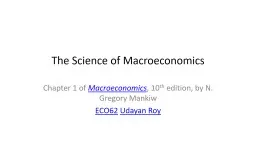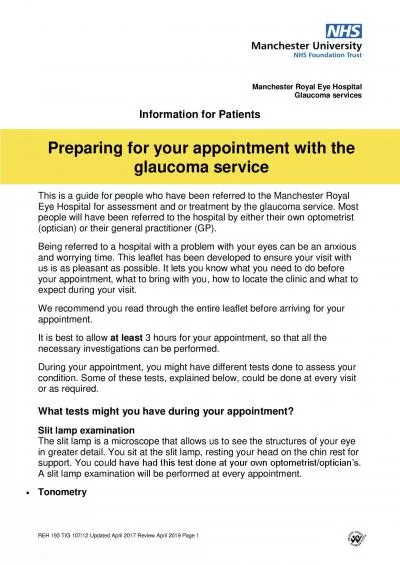PPT-MACROECONOMICS I April 25
Author : evans | Published Date : 2023-10-31
th 2014 Class 9 The Open Economy Cont Krugman 2006 CSI Trade Deficit Where is the puzzle The US Current Account 2010 Source wwwbeagov Current Account Deficit
Presentation Embed Code
Download Presentation
Download Presentation The PPT/PDF document "MACROECONOMICS I April 25" is the property of its rightful owner. Permission is granted to download and print the materials on this website for personal, non-commercial use only, and to display it on your personal computer provided you do not modify the materials and that you retain all copyright notices contained in the materials. By downloading content from our website, you accept the terms of this agreement.
MACROECONOMICS I April 25: Transcript
Download Rules Of Document
"MACROECONOMICS I April 25"The content belongs to its owner. You may download and print it for personal use, without modification, and keep all copyright notices. By downloading, you agree to these terms.
Related Documents

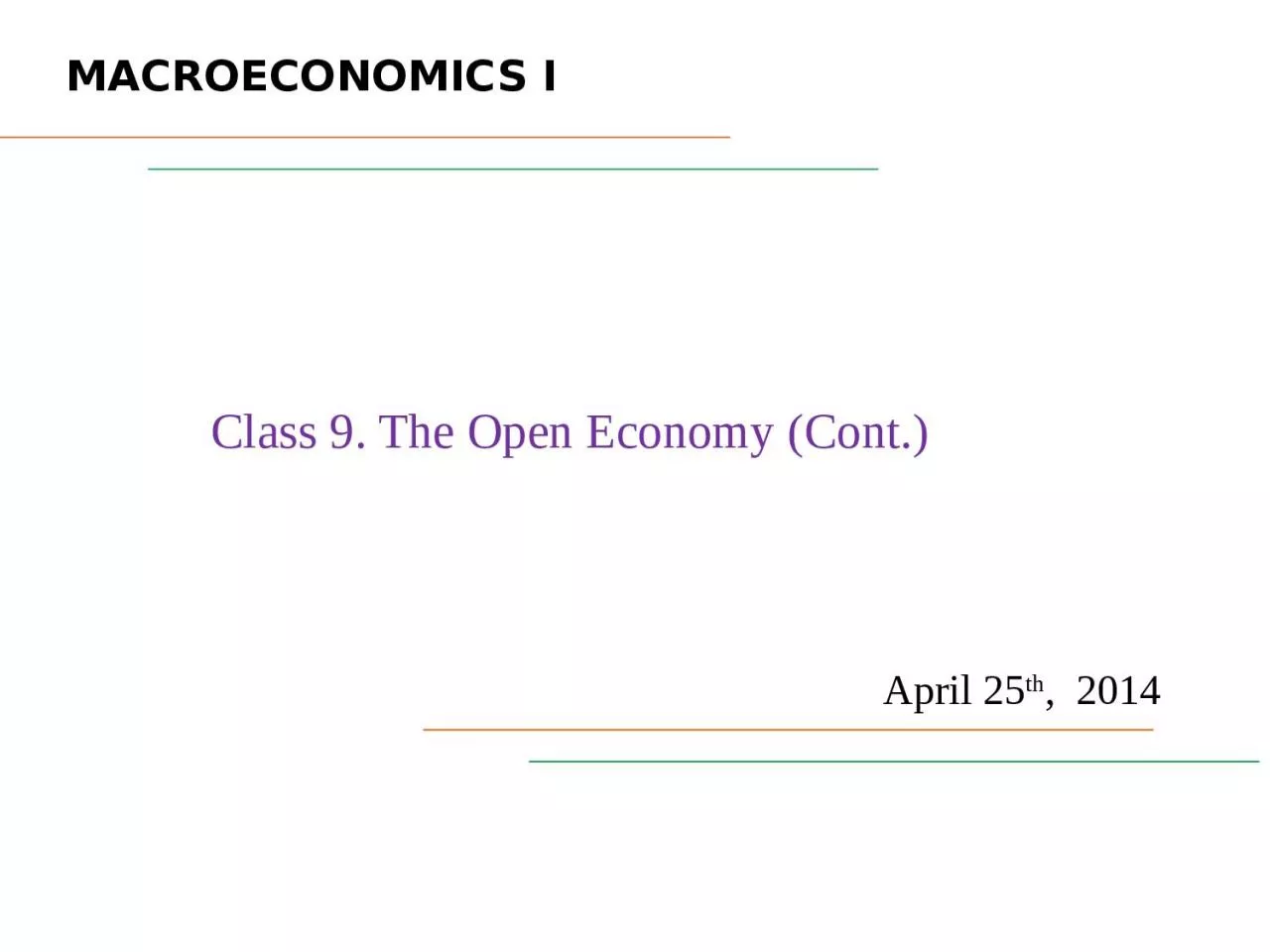
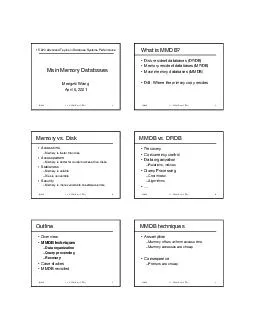
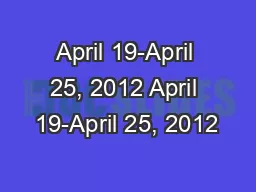
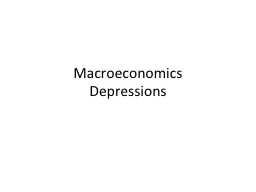
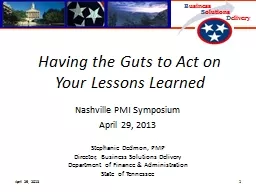
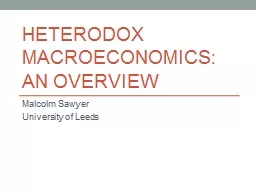
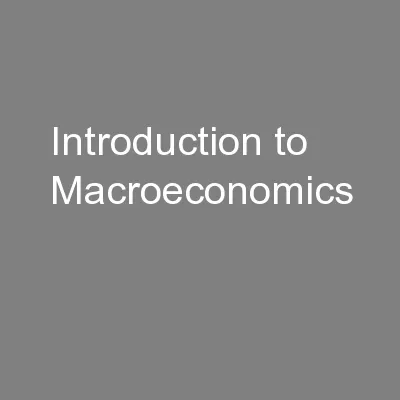
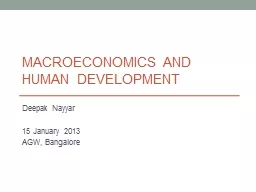
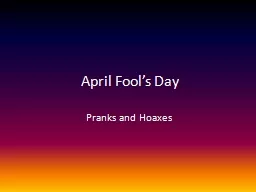
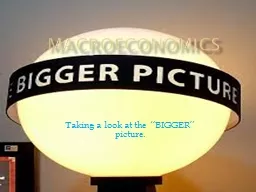
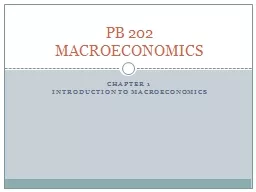
![[EPUB] - AP Microeconomics/Macroeconomics with 4 Practice Tests (Barron\'s Ap Microeconomics/Macroeconomics)](https://thumbs.docslides.com/902858/epub-ap-microeconomics-macroeconomics-with-4-practice-tests-barron-s-ap-microeconomics-macroeconomics.jpg)
